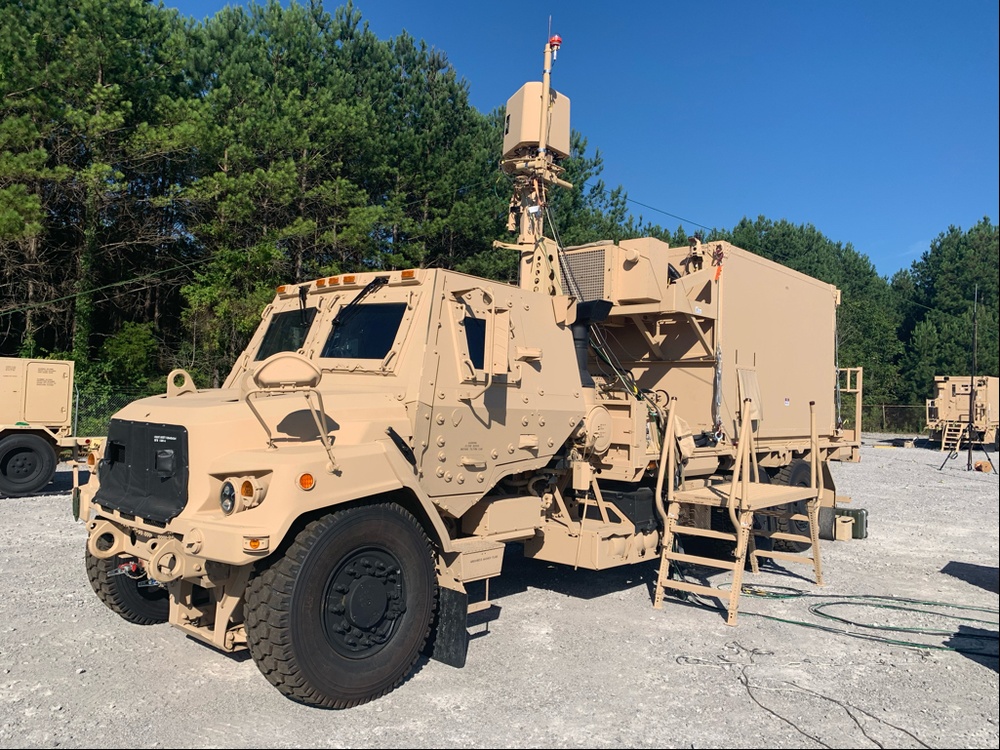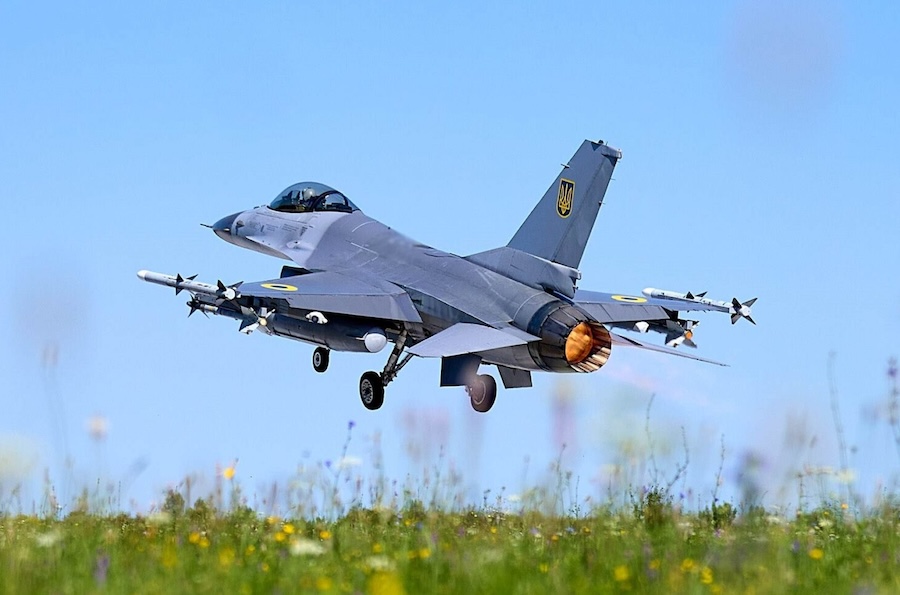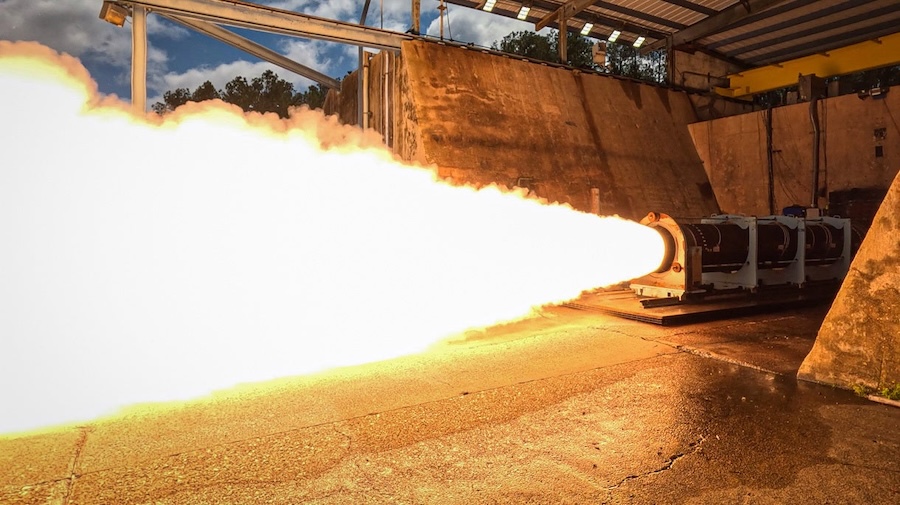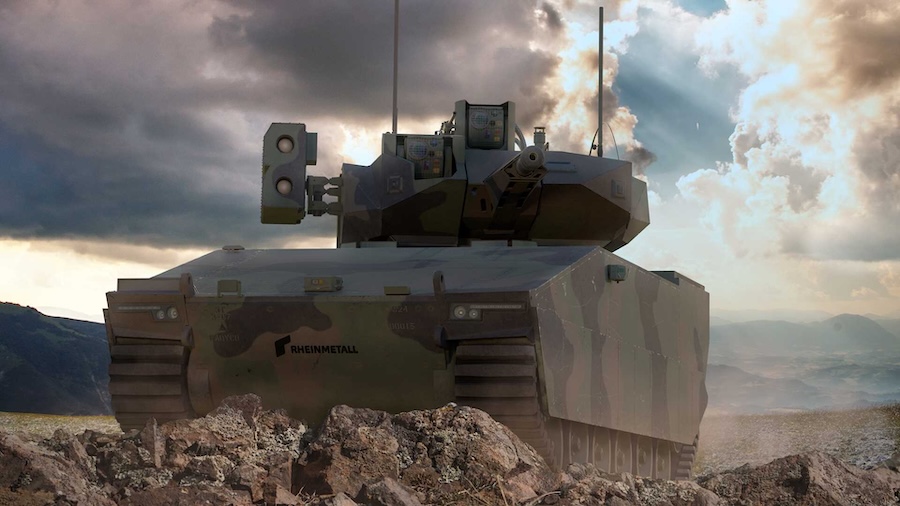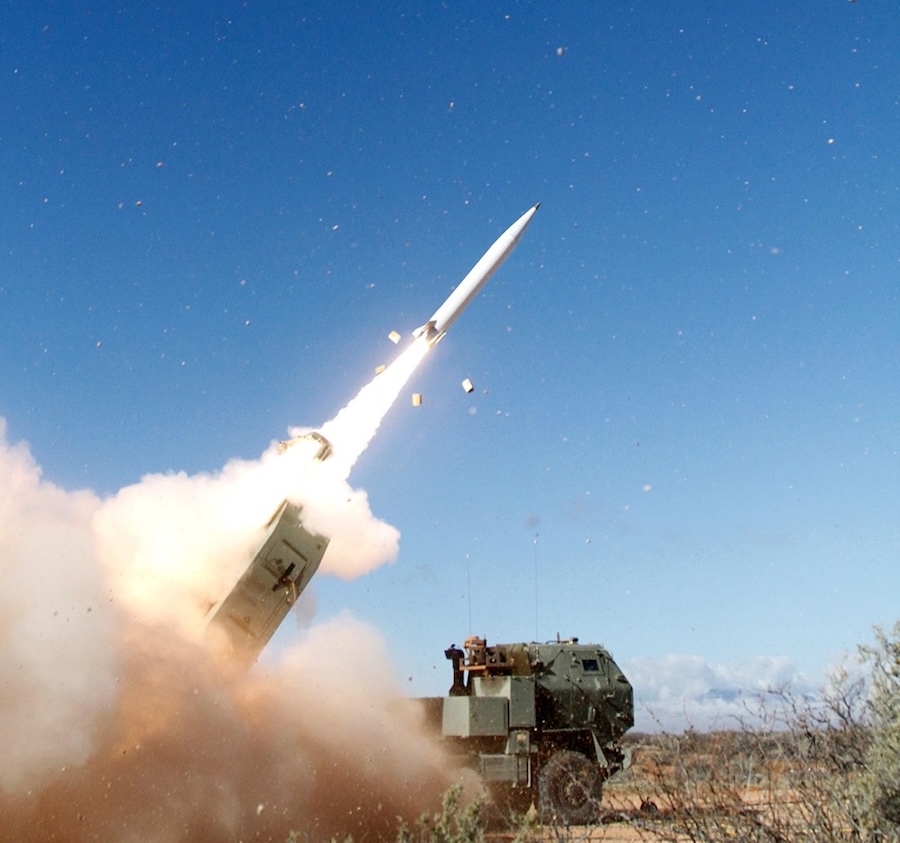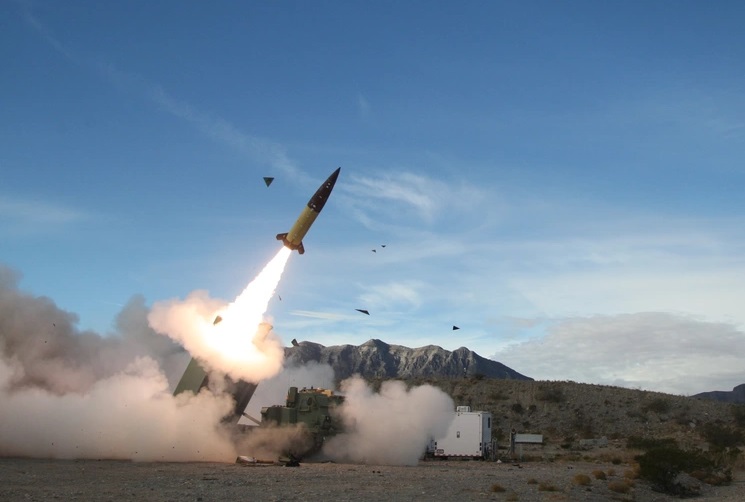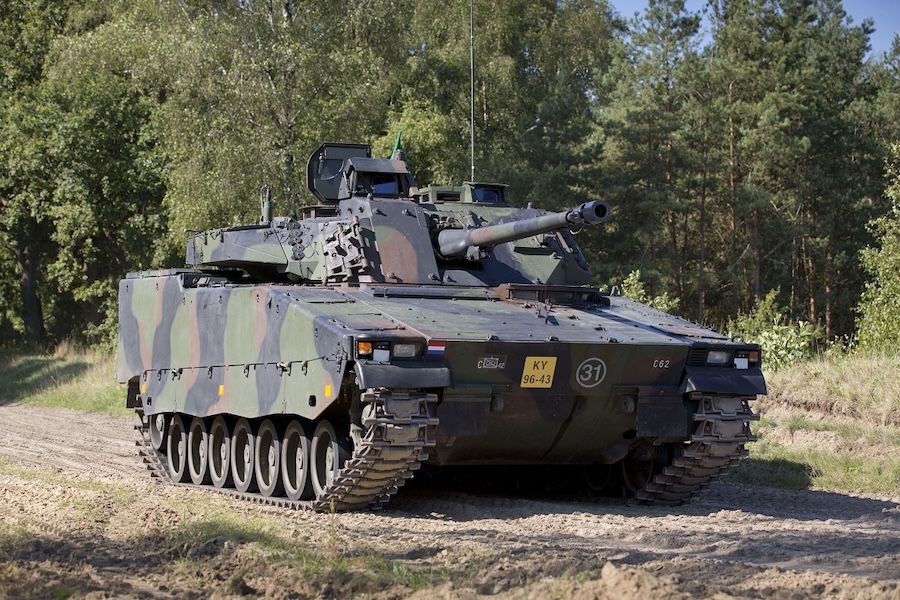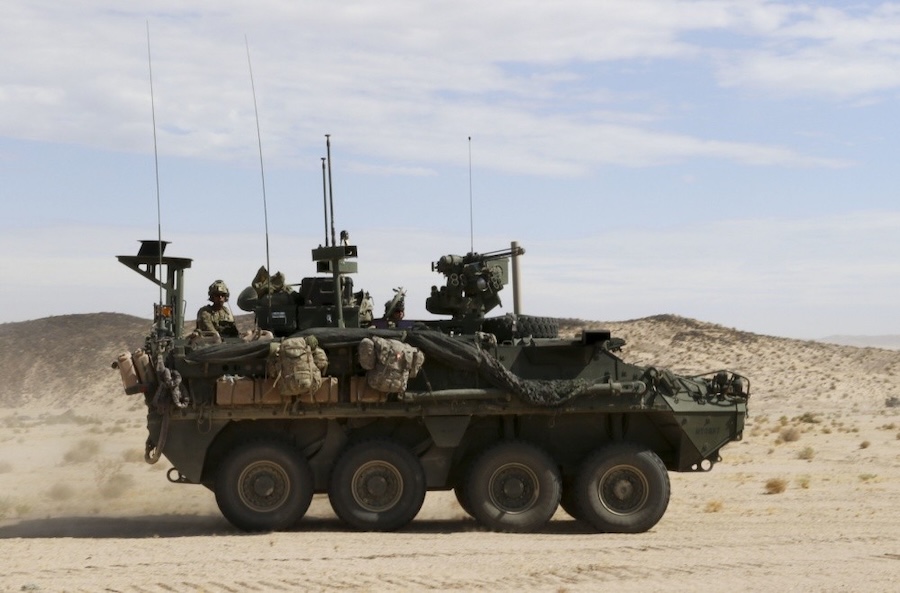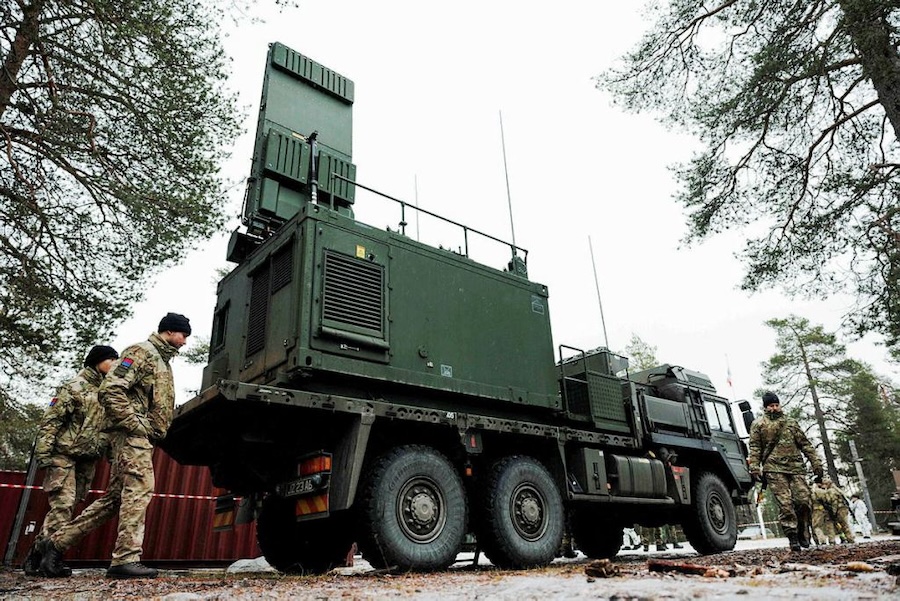This flight marked the conclusion of the IBCS Follow-On Operational Test and Evaluation and demonstrated its capability to execute the full kill chain against two manoeuvring cruise missiles. Soldiers used IBCS to track the incoming threats, identify the hostile targets, and neutralise both with two first-interceptor kills.
“The test demonstrated the Army’s advanced capabilities in countering air and missile threats in a contested environment,” the U.S. Army stated. The result underscores the role of IBCS in enhancing force protection through real-time coordination of sensors and interceptors across the battlespace.
IBCS operates on an “any-sensor, best-weapon” principle, integrating real-time data from diverse sensor sources to produce a single, actionable view of the operational environment. This approach enhances resilience under attack and allows faster, more informed decision-making by warfighters.
Northrop Grumman describes IBCS as “a revolutionary command and control system that unifies current and future systems regardless of source, service or domain.” The system’s network-enabled, modular, open, and scalable architecture enables joint and coalition, multi-domain operations by fusing sensor data for a unified operational picture.
“This ready-now capability gives warfighters more time to assess and respond to threats, serving as a foundational element for enabling joint and coalition, multi-domain operations,” the company added. IBCS is currently in production and forms part of the U.S. Army’s integrated air and missile defence modernisation programme.
In December 2021, Northrop Grumman was awarded a five-year contract worth over $1 billion for both low-rate initial production and full-rate production of IBCS. The recent test confirms the system’s readiness as a core element in the Army’s air and missile defence strategy.
“The test is further proof of the Army’s commitment to advancing its air and missile defense capabilities to meet the challenges of modern warfare,” the Army said. As modern threats grow more dynamic and complex, systems like IBCS will be central to maintaining operational effectiveness across domains.



